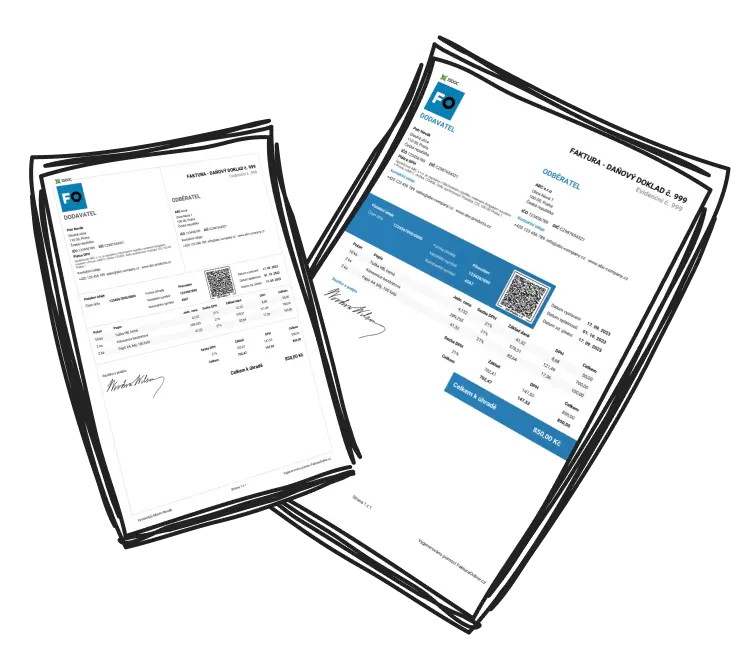Small enterprises often underestimate the influence of net 7 payment terms, yet these short-term payment arrangements can significantly affect cash flow and business prosperities.
Net 7 payment terms entail an obligation for the buyer to settle the invoice in full within seven days from issuance. The term ‘Net’ refers to the total due after discounts or deductions. This model is prevalent among freelancers, consultants, and creative industries where rapid cash turnover is vital. By granting a brief grace window for client payments, businesses can maintain their fiscal liquid state.
How Do Net 7 Payment Terms Function?
For a seamless operation, comprehending how net 7 terms function is crucial; these quick settlement strategies enhance transactional efficiency.
Upon service or product delivery, the supplier issues an invoice using ‘Net 7’ as the label.
The countdown begins on the invoice date. For example, an invoice dated 1st November requires payment by the 8th.
To ensure punctual payments, it's standard practice to issue reminders by the 7th day.

Example Timeline
Day 1 (Nov 1): Invoice issued.
Day 7 (Nov 8): Payment due.
Delayed payments may lead to penalties or conflicts, encouraging some sellers to offer discounts for early remittances, such as a 2% deduction if paid within the stipulated period.
The Significance of Net 7 Payment Terms for Businesses
Reliably stable cash flow is indispensable for a successful enterprise; net 7 terms provide the predictability necessary for thriving businesses in the UK.
Implementing net 7 terms accelerates payment cycles, simplifying the covering of overheads such as wages and supplier invoices. They minimise financial gaps and instil monetary discipline in clients. They are appealing to smaller businesses, providing shorter payment windows while bolstering your fiscal standing.

Pro Tip
Adopting net 7 payment terms offers tighter cash flow regulation, minimising operational disturbances from payment delays.
Evaluating Net 7 Payment Terms: Pros and Cons
Is embracing net 7 suitable for your enterprise? Consider its advantages and drawbacks carefully.
Advantages:
Enhanced cash flow: Regular payments reduce reliance on credit.
Boosted financial planning: Short cycles simplify budgeting and liquidity assessment.
Strong client accountability: Promotes trust and responsibility.
Drawbacks:
Strain on financially constrained clients: Smaller firms may find the timeframe challenging.
Intensive follow-up necessity: Sellers need to diligently monitor payments.
Limited giant client flexibility: Larger companies accustomed to longer terms may find it restrictive.
Managing Cash Flow with Net 7 Terms
Learn strategies to maintain robust cash flow, despite the stricter timeframes of net 7 payment terms.
Embrace automation: Utilise accounting solutions for instant invoicing and automated reminders.
Communicate clearly: Discuss net 7 terms with clients pre-contract.
Implement incentives: Offer early payment discounts to encourage compliance.
Be financially prepared: Retain cash reserves to cover expenses amid payment gaps. Consider invoice factoring for urgent liquidity needs.
Project cash flow effectively: Use forecasting tools to manage predicted expenditure and income.

Cash Flow Management Tip
Invest in tracking tools to ease administrative demands and ensure timely payments. Courteous reminders and straightforward dialogue maintain professionalism.
By implementing net 7 payment terms comprehensively, small business owners in Britain can fortify their cash flows, draw dependable clients, and sustain long-term stability.

